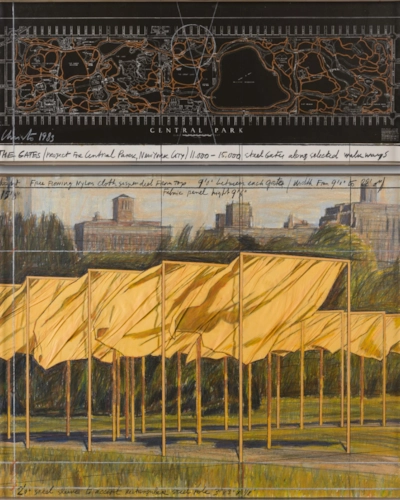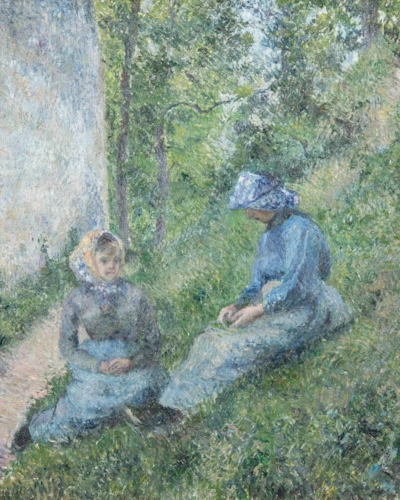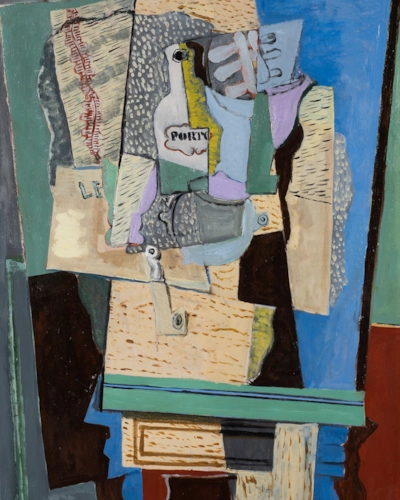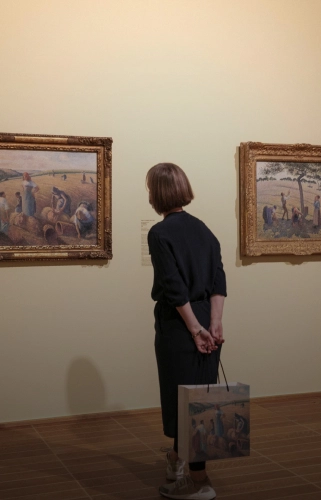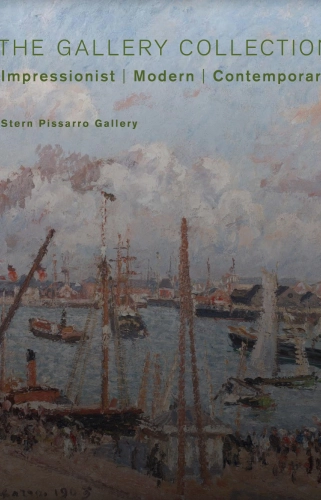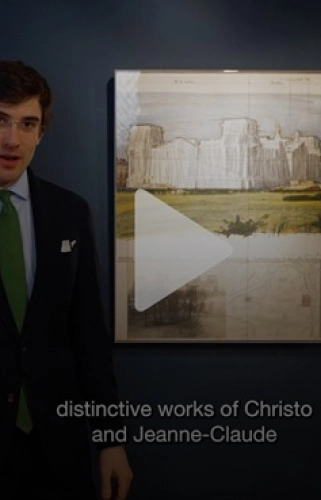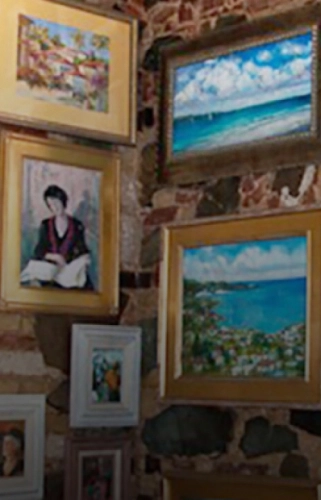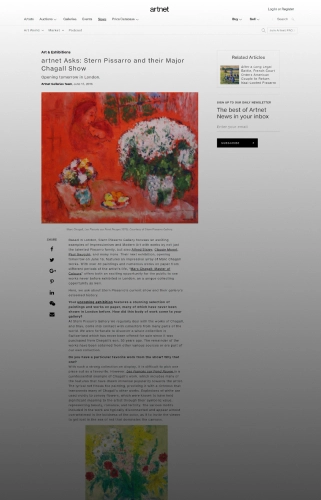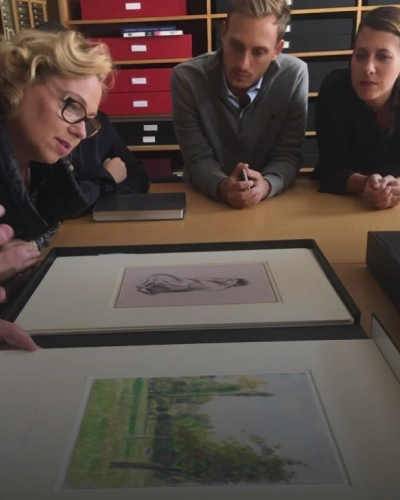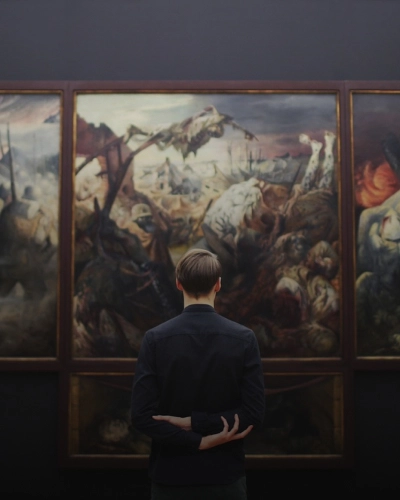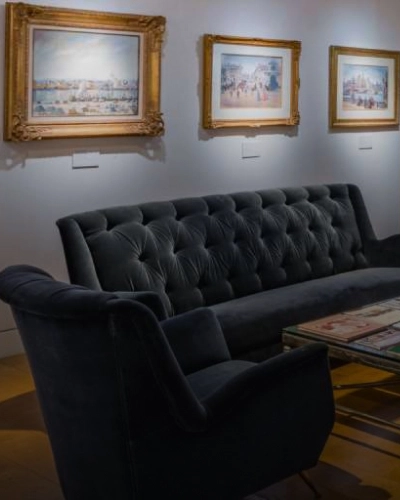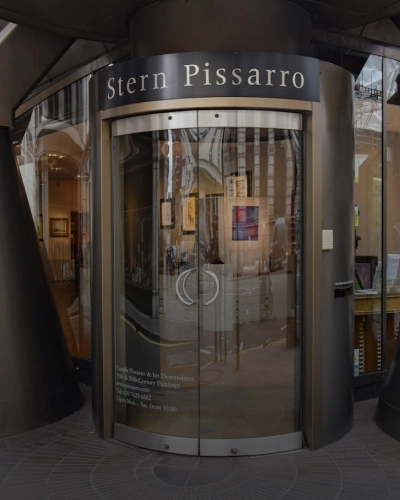A.R. Penck
(1939 - 2017)
biography
In the 1980s Penck became known worldwide for paintings with pictographic, neo-primitivist imagery of human figures and other totemic forms and was included in many important shows both in London and New York.
Penck's sculptures, though less familiar, evoke the same primitive themes as his paintings and drawings. They use common everyday materials such as wood, bottles, cardboard boxes, tin cans, masking tape, tinfoil, and wire, and are crudely painted and assembled. Despite their anti-art aesthetic and the rough-and-ready quality of their construction, they have the same symbolic, archetypal anthropomorphic forms as his flat symbolic paintings. The paintings are influenced by Paul Klee's work and mix the flatness of Egyptian or Mayan writing with the crudity of the late black paintings by Jackson Pollock. The sculptures are often reminiscent of the stone heads of Easter Island and other Oceanic art.
A.R. Penck lived and worked in Berlin, Düsseldorf, Dublin and New York.
biography
